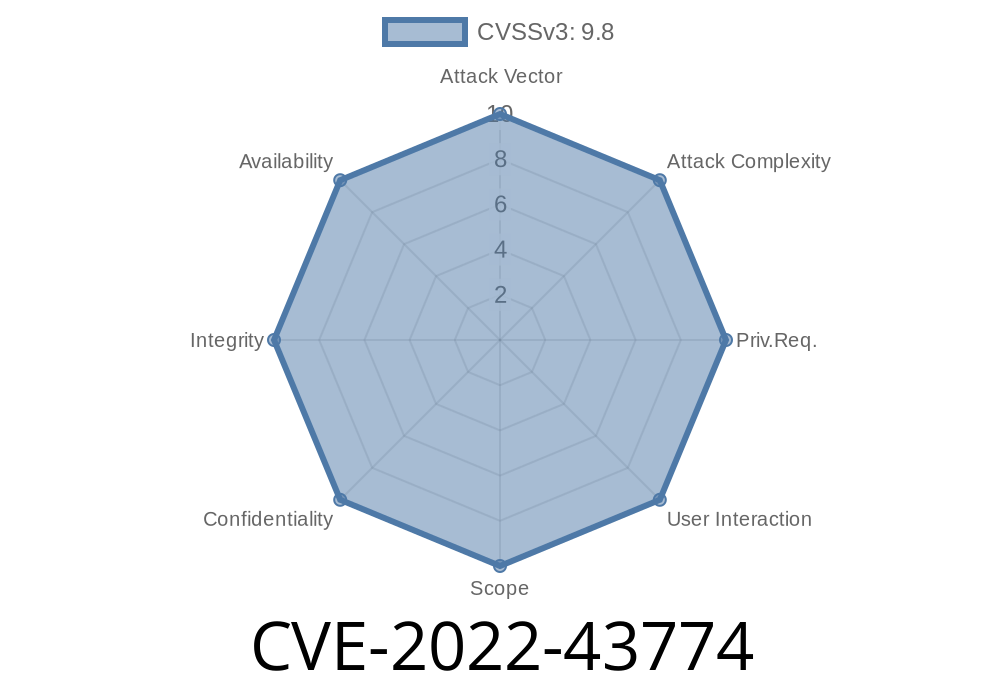Crossing paths with vulnerabilities is never a pleasant experience. But finding them early can help mitigate potential attacks. Today, we’ll be exploring CVE-2022-43774, a SQL Injection vulnerability in the Delta Electronics DIAEnergy v1.9 software. The HandlerPageP_KID class is the culprit—allowing for remote code execution if exploited. In this post, we dive into the details of this flaw and provide ample resources for reference.
Background: Delta Electronics DIAEnergy v1.9
Delta Electronics DIAEnergy is an energy management platform used to monitor and control energy consumption in buildings and industrial systems. Its convenient interface allows individuals to visualize metrics such as energy usage, power consumption, and carbon footprint.
Technical Details: SQL Injection Flaw
Inside the DIAEnergy v1.9 software, there's a class known as HandlerPageP_KID. Unfortunately, this class has a SQL Injection flaw that can be exploited by an attacker. In essence, SQL Injection allows malicious SQL code to be injected into user input fields, leading to unauthorized access, data destruction, and even complete code execution on the targeted remote system.
Exploit Details
An attacker could send crafted HTTP requests that contain the malicious SQL code. The crafted HTTP request may look like this:
POST /api/HandlerPageP_KID_V45.ashx HTTP/1.1
Content-Type: application/x-www-form-urlencoded
Content-Length: 45
"sensorid=1'; [INJECT_SQL_CODE_HERE]; -- &act=12"
Once the server receives and parses the request, the SQL code could alter the database, extract sensitive information, or potentially gain administrative privileges that would allow code execution on the remote system.
Users of Delta Electronics DIAEnergy v1.9 software are encouraged to do the following
1. Update to the latest version, as the vendor may have already released a patch to address the SQL Injection flaw.
Use proper input validation and parameterized queries to prevent SQL Injection attacks.
3. Configure a Web Application Firewall (WAF) to restrict requests, blocking known malicious patterns, and enforce security best practices.
Below are some helpful resources with further details on this vulnerability
1. CVE-2022-43774
2. Delta Electronics DIAEnergy Product Page
3. OWASP SQL Injection Prevention Cheat Sheet
Conclusion
CVE-2022-43774, a SQL Injection vulnerability in Delta Electronics DIAEnergy v1.9, can lead to dangerous consequences, especially considering the sensitive information managed by energy management platforms. It's essential for users to address this security issue without wasting any time. Knowledge is power—stay informed and stay safe!
Timeline
Published on: 10/26/2022 18:15:00 UTC
Last modified on: 10/28/2022 01:53:00 UTC
